Clipart tagged: ‘asteroida’
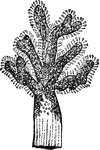
Alcyonium
"A genus of Zoophytes, the type of family called Alcyonide, belonging to the class anthozoa, and order…

Alcyonium
"A genus of Zoophytes, the type of family called Alcyonide, belonging to the class anthozoa, and order…

Alcyonium Digitatum
"A genus of Zoophytes, the type of family called Alcyonide, belonging to the class anthozoa, and order…
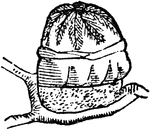
Alcyonium Digitatum
"A genus of Zoophytes, the type of family called Alcyonide, belonging to the class anthozoa, and order…
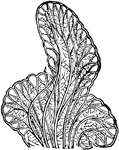
Alcyonium Digitatum
"A genus of Zoophytes, the type of family called Alcyonide, belonging to the class anthozoa, and order…
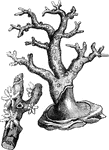
Red coral
"It appears to be confined to the Mediterranean Sea, where it grows, especially on the southern coast,…

Alcyonium elegans
"In the genus Alcyonium, the polypidom is of a spongy nature, and contains a multitude of minute calcareous…
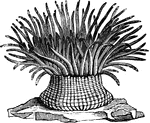
Sea-anemone
"Their tentacles, which are disposed in regular circles, and tinged with a variety of bright lively…
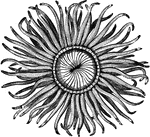
Mouth of the sea-anemone
"Their tentacles, which are disposed in regular circles, and tinged with a variety of bright lively…
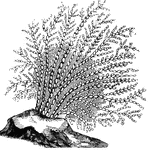
Sea-fan
"In the family of the Gorgonidae the substance of the polypidom is collected into a solid central axis,…

Sea-pen
"The main stem of the polypidom of these animals is fleshy, but is furnished with an internal bony axis,…
